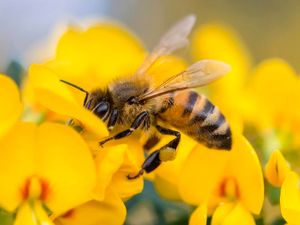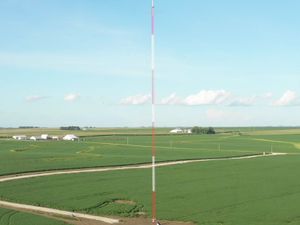How honeybees could help us create better smartphone cameras
It may have something to do with the number of eyes they have.

Images shot in poor or artificial light often do not show the true colours of the object, but scientists are now looking at a new and unlikely source to perfect photography technology that could help us see colours better: bees.
This is because way most lenses perceive colour – from smartphone cameras to DSLRs – depends primarily on how much natural light is falling on an object.
A great example of this would be the famous #TheDress photo, which went viral two years ago and divided many on the internet, including celebrities, over its colour.
Researcher Adrian Dyer, from RMIT University in Australia, said: “For a digital system like a camera or a robot, the colour of objects often changes. Currently this problem is dealt with by assuming the world is, on average, grey.
“This means it’s difficult to identify the true colour of ripe fruit or mineral rich sands, limiting outdoor colour imaging solutions by drones, for example.”
The Australian scientists observed honeybees to find out how they use their vision to navigate from one flower to another.
A multidisciplinary team from RMIT University, Monash University, University of Melbourne and Deakin University found that the ocelli contain two colour receptors that are “perfectly tuned for sensing the colour of ambient light”.
In addition to the ocelli, bees also have two main compound eyes which directly sense flower colours from the environment.

“But for this to be true the information from the ocelli would have to be integrated with colours seen by the compound eyes.”
The scientists mapped out how the ocelli fed information to the key colour processing areas of the bee brain.

Dyer added: “We’re using bio-inspired solutions from nature to tackle key problems in visual perception.
“This discovery on colour constancy can be implemented into imaging systems to enable accurate colour interpretation.”
The research is published in Proceedings of the National Academy of Sciences.





